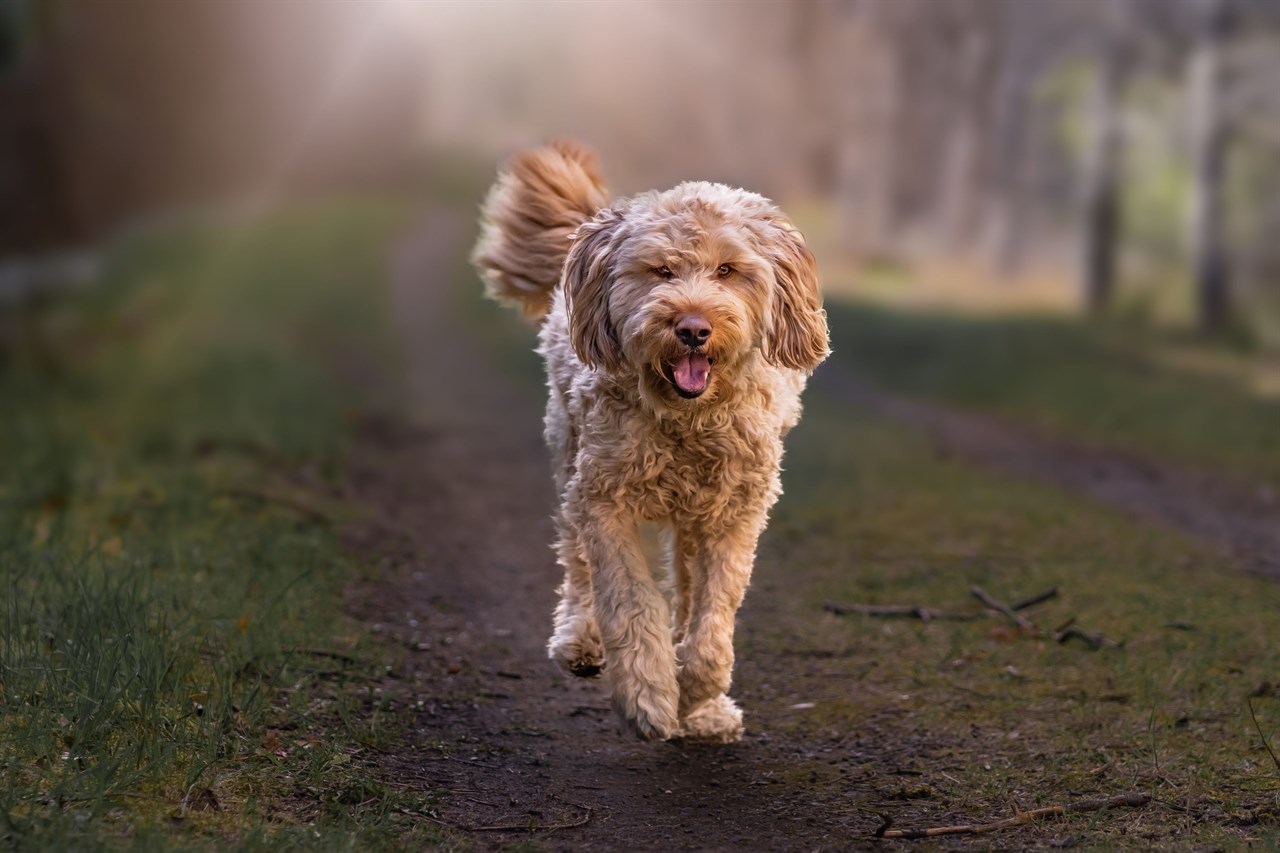The Otterhound: A Rare and Remarkable Breed

In the world of dog breeds, where Chihuahuas and Labradors often steal the limelight, there exists a unique and rare gem—the Otterhound. This breed, with its distinctive appearance and fascinating history, has garnered a dedicated following of enthusiasts who appreciate its charm and character. In this comprehensive exploration, we will delve into the history, characteristics, and the reasons behind the Otterhound's rarity, as well as address the question of whether they are hypoallergenic.
A Brief History of the Otterhound
The Otterhound's roots can be traced back to medieval England, where it was initially bred for a very specific and practical purpose: otter hunting. The breed's name, "Otterhound," clearly reflects its primary function. Otters were once considered pests in England, as they were known to deplete fish populations in rivers and ponds. Hence, the Otterhound was selectively bred for its remarkable ability to track and capture these elusive aquatic mammals.
The breed's lineage is believed to include Bloodhounds, Harriers, and rough-haired Terriers, among others. This diverse ancestry contributed to the Otterhound's distinctive appearance and remarkable scenting abilities.
Also Known As
The Otterhound is also known simply as the "Otter Hound." Historically, this breed was used for hunting otters, which is where its name originates. It's recognised for its excellent sense of smell and webbed feet, which helped it in water environments. However, it's not commonly known by any other name apart from variations on "Otterhound."
Breed Group and Size
The Otterhound belongs to the hound group, which is further divided into two subcategories: scent hounds and sight hounds. Otterhounds fall under the scent hound category due to their extraordinary olfactory capabilities. They have an impressive sense of smell, which made them invaluable in the past for tracking otters along riverbanks.
In terms of size, Otterhounds are considered large dogs. Males typically stand between 61-69 cm at the shoulder, while females are slightly smaller, ranging from 58-66 cm. They are solidly built with a robust and athletic frame.
Coat, Colour, and Appearance
One of the most striking features of the Otterhound is its distinctive coat. Their dense, waterproof, and rough double coat is designed to protect them from the cold water during otter hunts. The outer coat is wiry and shaggy, while the undercoat is soft and insulating. The coat can come in various colours, including black and tan, grizzle (a mix of grey and black), or blue and tan. A shaggy beard and eyebrows add to their expressive and endearing appearance.
Their expressive eyes, which are often described as soulful, are set deep beneath a prominent brow and are usually dark in colour. The ears are long and pendulous, hanging close to the head. The overall effect is a hound that looks both dignified and affable.
Why is the Otterhound Rare?
The Otterhound's rarity can be attributed to several factors:
- Specialised Purpose: Otter hunting, the breed's original purpose, became less common over time due to changing hunting practises and wildlife conservation efforts. This led to a reduced demand for Otterhounds.
- Small Population: The breed has always had a small population, and the number of Otterhounds bred annually is limited. This makes them inherently rare compared to more popular breeds.
- Breeding Challenges: Otterhounds are known for their distinct appearance and characteristics, which require careful breeding to maintain. The small gene pool and potential health issues associated with the breed have made responsible breeding a challenge.
- High Maintenance: Their shaggy, double coat requires regular grooming and maintenance, which can be daunting for some prospective owners.
Despite their rarity, Otterhounds are cherished by those who appreciate their unique qualities and are dedicated to preserving the breed.
Are Otterhounds Hypoallergenic?
No, Otterhounds are not hypoallergenic. Their dense, wiry coat may trigger allergies in individuals who are sensitive to dog dander. While no dog breed is entirely hypoallergenic, some breeds are less likely to cause allergies due to their hair type and shedding patterns. Otterhounds, with their wiry and shedding coat, are not among these hypoallergenic breeds.
In conclusion, the Otterhound is a rare and remarkable breed with a rich history, distinctive appearance, and a unique set of characteristics. While their numbers may be small, their impact on those who have the privilege of knowing them is anything but. Whether you're drawn to their noble appearance, their friendly disposition, or their fascinating history, the Otterhound is a breed that leaves an indelible mark on the hearts of those fortunate enough to encounter them.
Continue reading our Otterhound in-depth articles
- Otterhound Temperament and Behaviour
- Otterhound Training and Socialisation
- Otterhound Toilet Training
- Otterhound Barking Habits
- Otterhound Grooming Requirements
- Otterhound Shedding Behaviour
- Otterhound Sleeping Behaviour
- Otterhound Diet and Feeding Requirements
- Otterhound Average Lifespan
- Otterhound Exercise Requirements
- Otterhound Common Health Issues
- Otterhound Suitability Guide
- Otterhound Advantages
- Otterhound Disadvantages
- Otterhound Cost to Buy and Own
- Otterhound Clubs and Links
- Selling Otterhound Puppy Litters and Dogs
- Buying Otterhound Puppies and Dogs
- Otterhound Alternatives
Otterhound puppies for sale
- Find Otterhound puppies for sale in ACT
- Find Otterhound puppies for sale in NSW
- Find Otterhound puppies for sale in NT
- Find Otterhound puppies for sale in QLD
- Find Otterhound puppies for sale in SA
- Find Otterhound puppies for sale in TAS
- Find Otterhound puppies for sale in VIC
- Find Otterhound puppies for sale in WA